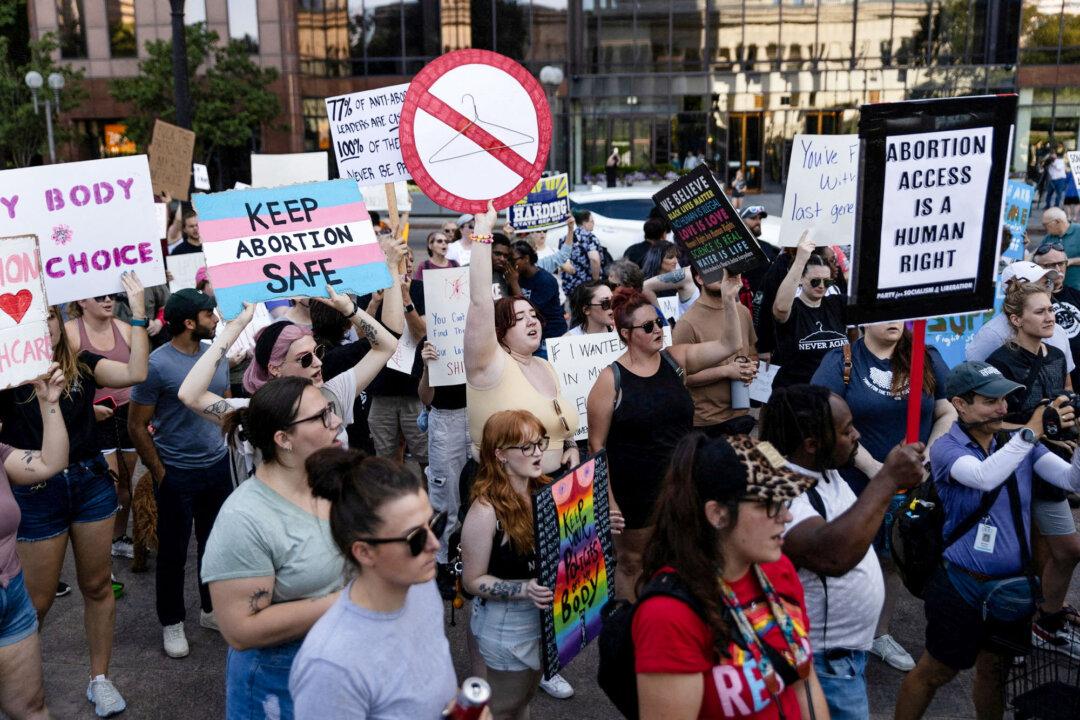Ohio’s abortion ban is no longer in effect after a judge on Oct. 24 ruled that a constitutional amendment means that voters rejected such restrictions.
“Ohio voters have spoken. The Ohio Constitution now unequivocally protects the right to abortion,” Common Pleas Court Judge Christian A. Jenkins said.





